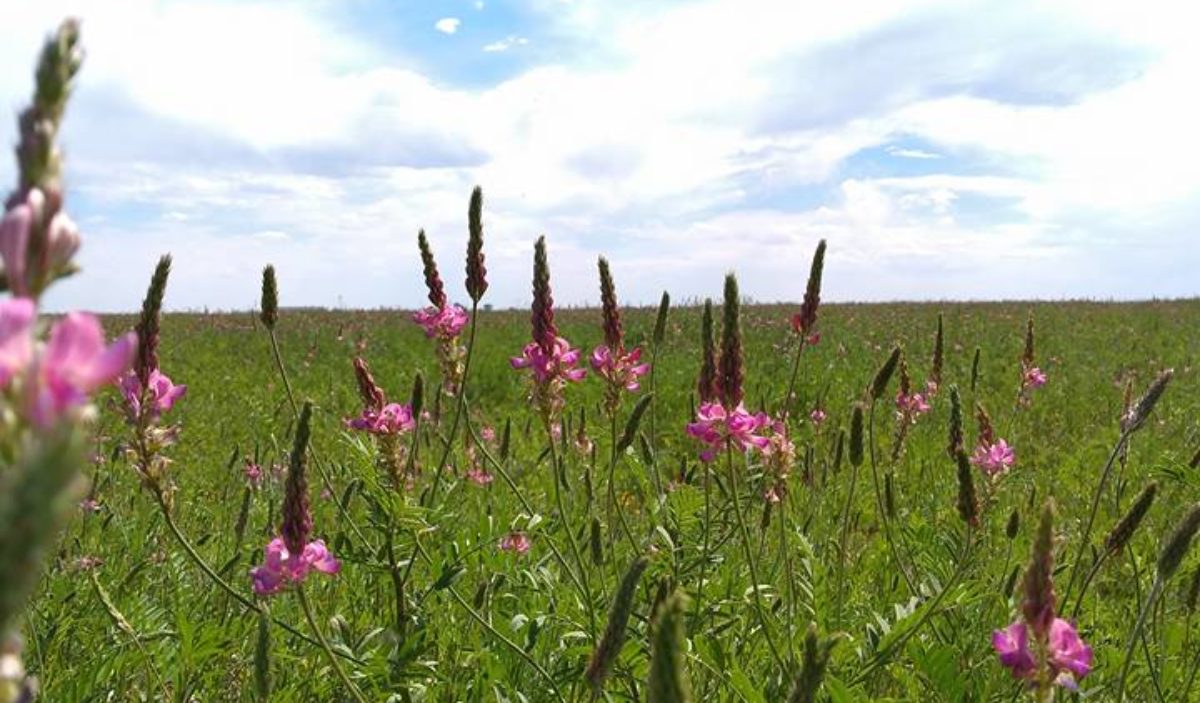2014 was a year of experimentation and learning for me. I moved the kitchen garden to a new location and used a variety of materials to make raised beds. I also tried many of the gardening techniques I’d found on Pinterest. Here is a list of what I tried and what worked:
PALLETS:
Verdict: Failure for onions. Might be a triumph with lettuce.



I grew onions in pallets this year and it was only mildly successful. I had ants move into one, which was partly good and partly horrible. They were army ants and I liked having them there as I saw them eat quite a few grubs. I did not like having them there because they swarmed whenever I watered or weeded. Unpleasant. I do think the idea of pallets is a good one, perhaps my technique was just off. I had to put more dirt in halfway through the season as it settled quite a lot. Keeping the dirt moist was also a problem. I mulched the rows with straw, but the pallets were thin and thus the dirt layer was as well. It just dried out pretty quickly. The onions I pulled in the fall would be considered pearls. I decided to save them for replanting this spring.
So would I do this again, maybe, but not for onions. I think this would work well with lettuce but that is about it.
RAISED BED:
Verdit: Triumph

Squash planted around watering hole

Asparagus (above and below)

Our property came with a pile of old wooden fencing. I’ve used it here and there for various things and this raised bed is one of them. It is about a foot high, and 10 feet square. I planted asparagus, pumpkins and zucchini into this bed. For the pumpkin and zucchini I put a big hole in the middle of the bed for watering and planted the seeds around it. It worked pretty well. Also around the entire perimeter I planted marigolds. They got HUGE!



I really have nothing bad to say about my raised bed. Everything in it grew large and fast. I had more zucchini than I knew what to do with. It worked great! In 2015 I’m going to plant my tomatoes and peppers into the raised bed instead of the straw bales.
STRAW BALES:
Verdict: Failure

Pumpkin plants growing in straw bale

Mushrooms growing out of straw bale

This picture sums up my straw bale experience. I fertilized with chicken poop for about 3 weeks before planting. I also added dirt into the planting hole and mulched with extra straw over the top after planting. Nothing did well in the bales. The straw bales were planted out weeks before my raised bed but the one pumpkin I planted in the bale never produced while I had several pumpkins from the raised bed plants. I had 4 bales. The pictured bale had bell pepper plants in it. I had 2 with tomatoes and one with squash. Again, nothing did well. I did have mushrooms popping out, which I was told meant my bale was decomposing like it was supposed to. It just didn’t work out. I would not do this again. The only benefit is that I had nicely fertilized straw to mulch my other beds with in the fall.

Fertilizing straw bales.
TIRES:
Verdict: Undecided


corn and beans


peas and sunflowers
Tires, my favorite material. I had one large, square, raised bed in the middle of my kitchen garden. On two sides I had two tires set up. I planted potatoes in one, carrots in another, beans and corn in another and sunflowers and peas in the last. The dirt was a mixture of my clay soil, horse manure compost, peat moss and straw mulch. The potatoes did very poorly. I had nothing eatable from that. BUT I just planted store bought potatoes which may be the reason for that. The carrots also did poorly but I know I did that. When I did the initial watering of the carrot tire it washed all the seeds to the very side of tire. Big mistake. So they never got very large. The peas did well and I did get some 4′ sunflowers as well. I got maybe 2 green beans and no corn. They grew up tall but nothing ever happened with them. I did plant peas and beans in my swales and they did much better there.



I will use tires again I think. I’ll try potatoes in them again. The other tires will be used for spreading herbs though. I’ll plant my veggies out in the berms, it did better there.
BROADCAST SEWING ON BERMS- LATE SEASON:
Verdict: Triumph

In late July I bought a ton of different seeds and simply threw them onto my berms. Not everything did well but most of it did amazing. I’m a big fan of broadcast sewing now!










































